
Over time, computer performance may decline, affecting user experience. This article presents effective methods to enhance your computer's performance and restore it to optimal condition.
1. Regularly Update Drivers
Ensure that your drivers are always up to date. This not only fixes known vulnerabilities but also improves system stability and performance. It is recommended to use Driver Sentry to automatically detect and update drivers, saving time and avoiding the risk of downloading or installing incorrect drivers.
Click the download button to get the latest version of Driver Sentry. After installation, open the software and click "Scan".
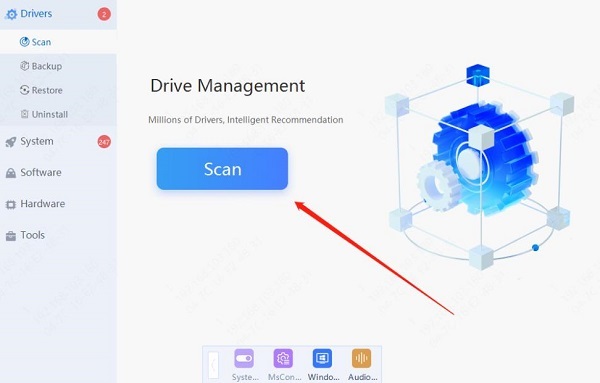
Once the scan is complete, it will display which drivers are not installed or need updating. Find the drivers that need updating in the result list and click the "Update" button.
After the update is complete, it is advisable to restart your computer to ensure the updated drivers take effect.
2. Optimize Startup Items
Press Ctrl + Shift + Esc or right-click the taskbar and select "Task Manager".
In the Task Manager window, click the "Startup" tab to see a list of programs set to start with the system.
Review the list, right-click on any programs that you do not want to run at startup, and select "Disable". This reduces the startup load and speeds up boot time.
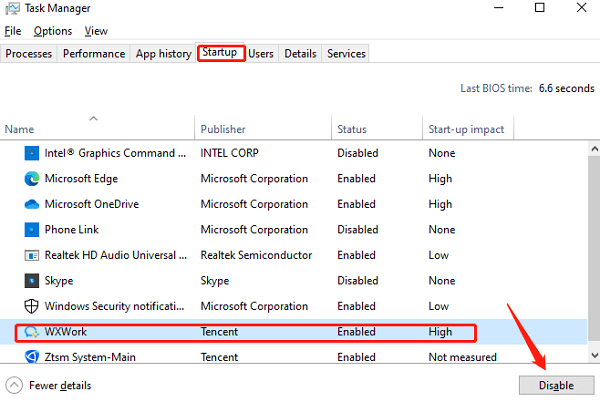
Restart your computer and check if the startup time has improved.
3. Clean Up Disk Space
Type "Disk Cleanup" in the search box and select the tool.
Choose the drive you want to clean (usually C drive) and click "OK".
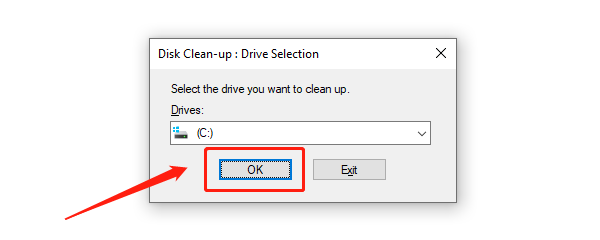
The system will calculate the space that can be freed up and display a list of files.
Check the options for temporary files, system caches, etc., that you do not need, and click "OK" to clean.
Open "File Explorer", browse through folders, and delete any files or software that you no longer use.
4. Perform System Optimization
Type "Performance Monitor" in the search box and open it.
Click on "Performance Tools", select "Optimize Performance", and adjust according to the system's recommendations.
In the "Control Panel", go to "System and Security" > "Security and Maintenance", find "Troubleshooting", and run relevant optimization tools.
5. Uninstall Unused Software
Type "Control Panel" in the search box and click to enter.
Find the "Programs" option and click "Uninstall a program".
Browse through the installed software and identify any programs you do not use frequently.
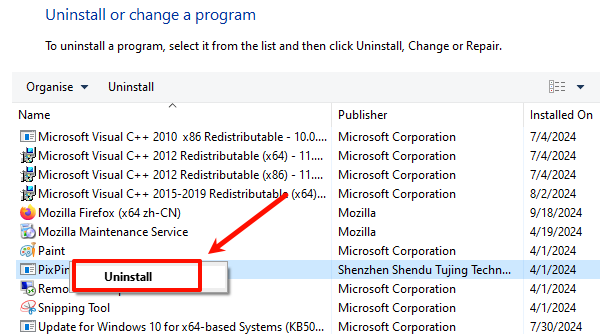
Right-click on the unwanted software, select "Uninstall", and follow the prompts to complete the uninstallation.
6. Upgrade Hardware
Check your computer's configuration, especially the RAM, hard drive, and graphics card, to determine what needs upgrading.
Select appropriate hardware based on your needs (e.g., replacing a traditional hard drive with an SSD, adding more RAM).
Before replacing hardware, ensure you back up important data.

Carefully remove the old hardware and install the new one following the hardware manual or online tutorials.
After completion, restart your computer to ensure the new hardware is functioning correctly.
7. Adjust Power Settings
Type "Power Options" in the search box and select to open.
In the Power Options, click "Change plan settings" and select the "High Performance" power plan.
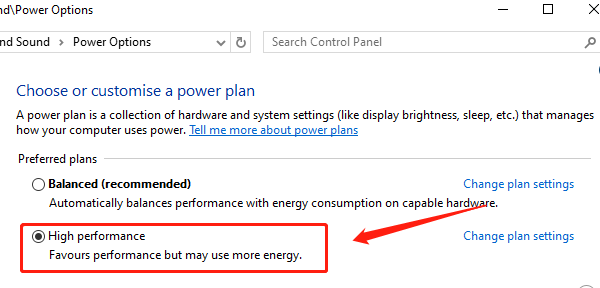
You can click "Change advanced power settings" to make further adjustments, such as setting the maximum performance of the processor.
Confirm the settings and click "Apply" and "OK".
8. Regularly Scan for Viruses
Launch the security software on your computer.
In the software interface, select "Full Scan" or a similar option to ensure the entire system is scanned.
Click "Start Scan" and wait for the scan to complete; the system will display potential threats.
If viruses or malware are detected, follow the prompts to quarantine or remove them.
It is recommended to perform a full scan weekly or monthly to keep your system secure.
By using these methods, you can boost your computer's performance and enjoy a smoother experience. Regular maintenance is essential to keep your computer in good shape, and we hope these tips help you get the most out of it!
See also:
7 Ways to Maximize GPU Performance
How to Fix Wireless Mouse Connection Failure